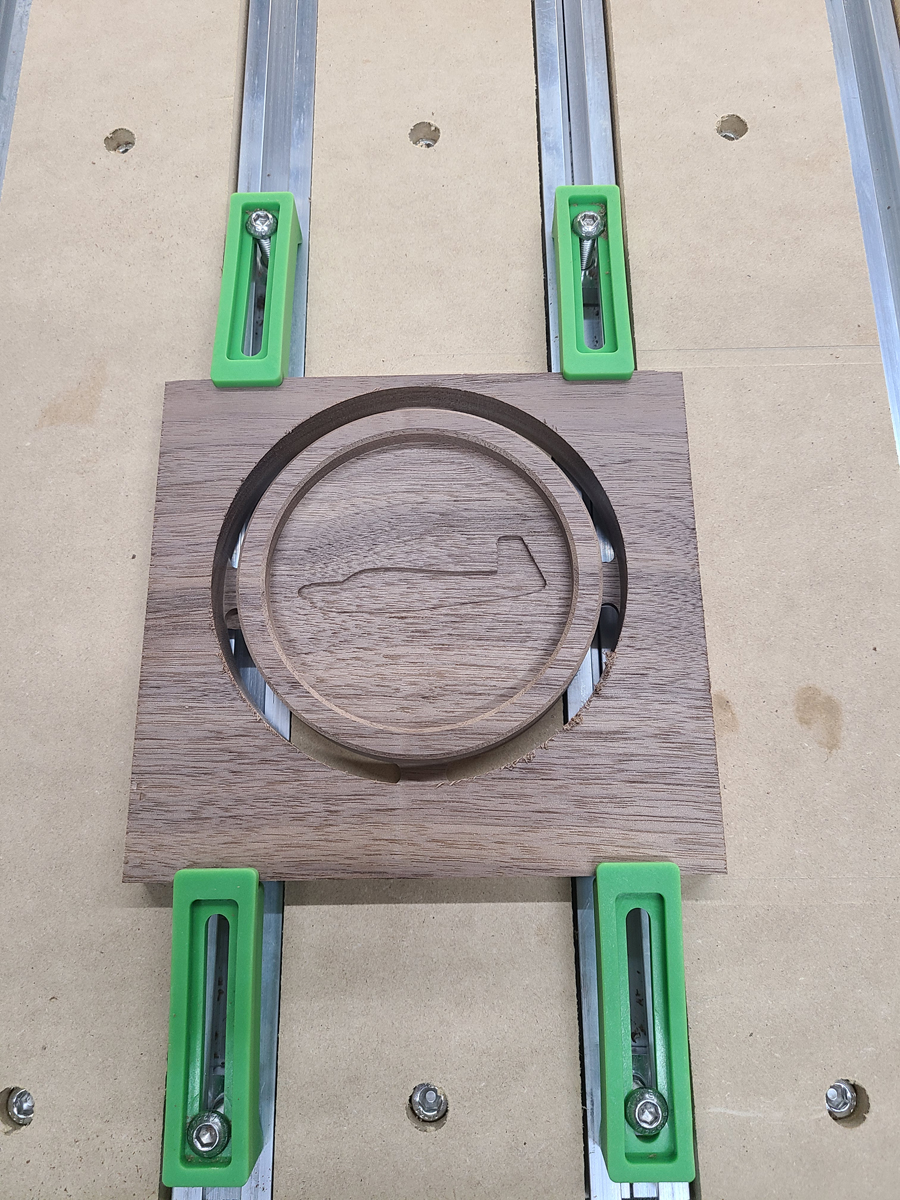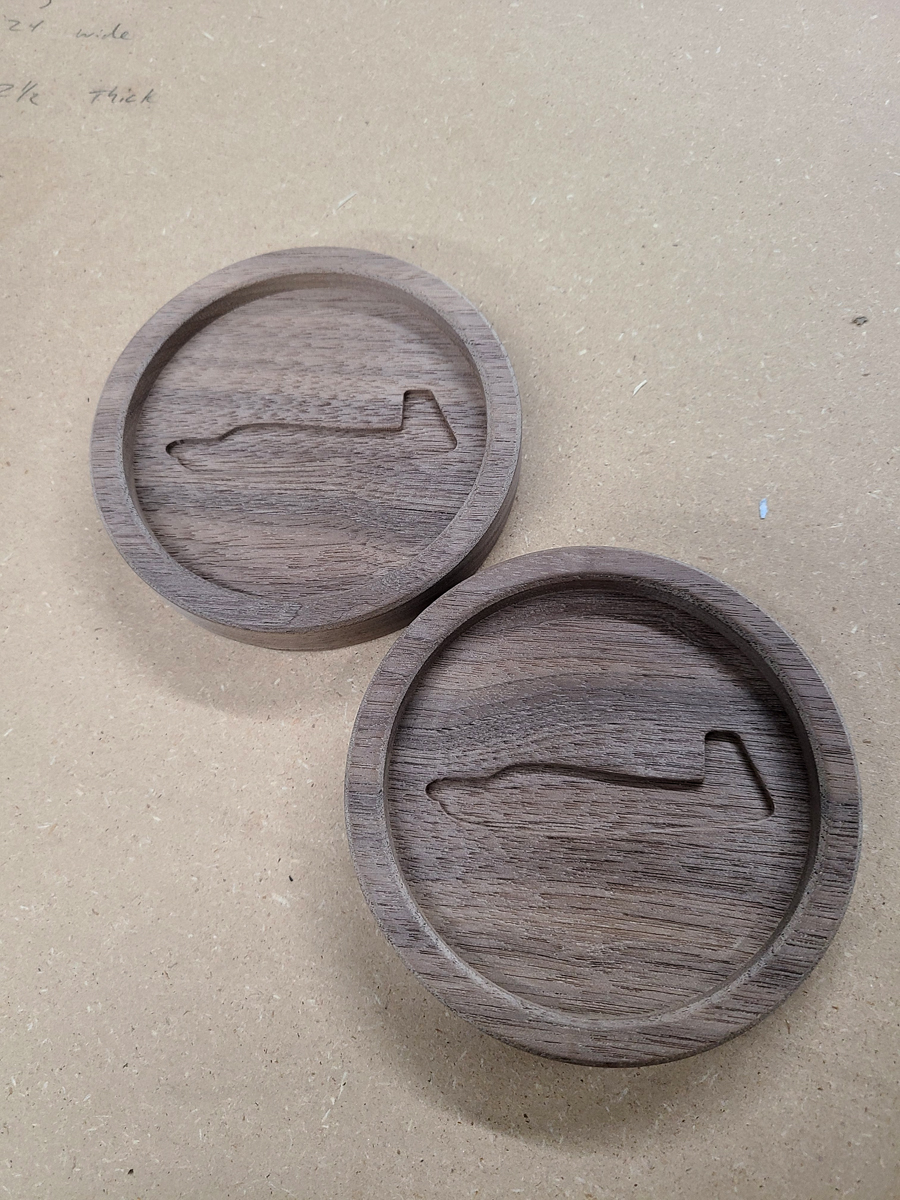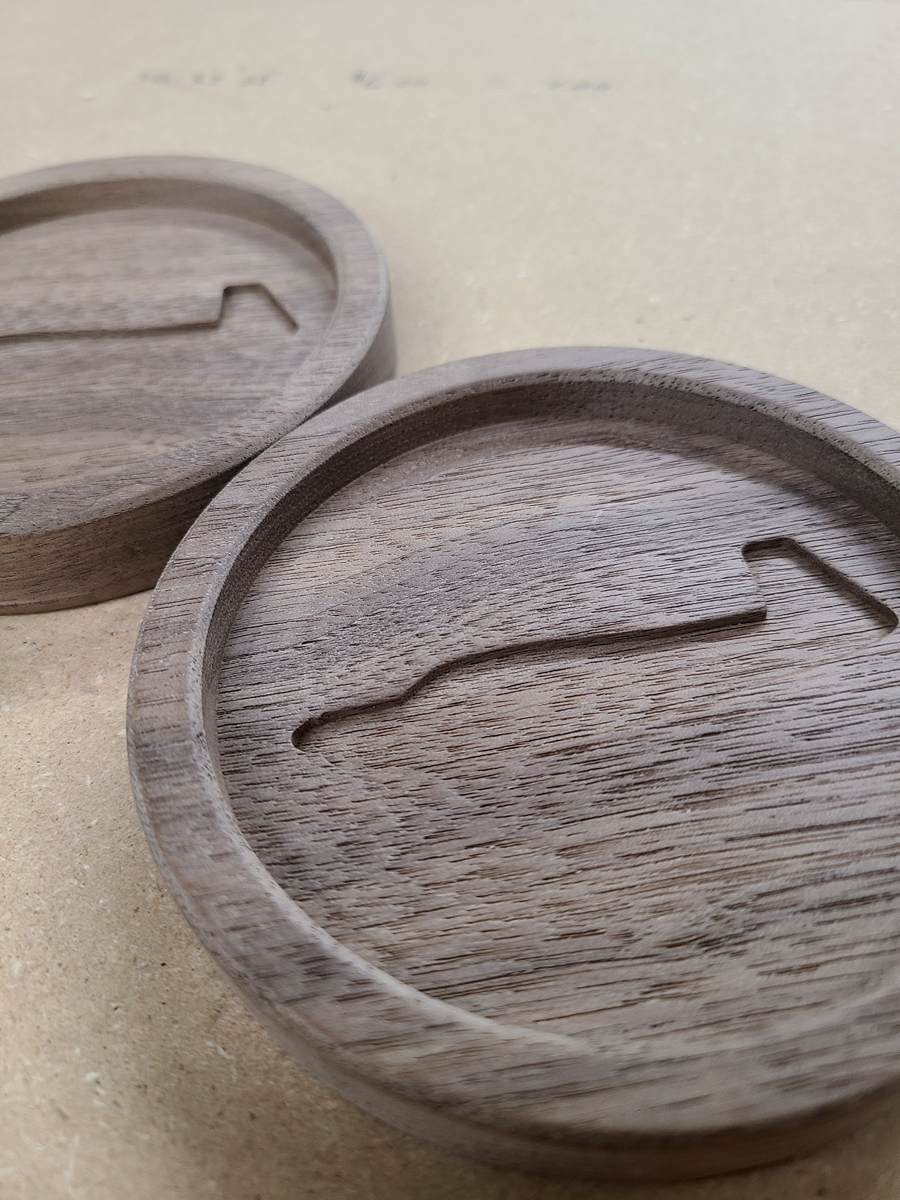That's a really hard one and a huge can of worms. Any finish is a trade-off in some way or other, and I've been looking for the perfect finish for coasters and boards myself for some time and have tried almost everything.
- Danish Oil's work really well and gives a very nice finish, but doesn't handle heat rings and standing water real well, although it's easy to touch up, but not practical if giving them away or selling them.
- Osmo Poly-X oil I think will handle better than Danish Oil but not wear as well with use in my opinion.
- Varnish's will be quite hardy but don't look as nice. You could cut it down and buff with steel wool, but I'm not a huge fan of them on coasters.
- Rubio Monocoat others rave about, but for hard wearing and abused things like coasters I've heard it's pretty much useless long term.
- Pure tung oil cut with d-limonene will probably be the best all round finish, but it takes forever to cure between coats. I gave up on a board that was taking weeks, and on walnut and blackwood it just really made the surface look very dull, a good buffing and a wax polish over the top would probably make it look a million dollars, but it just takes so long to cure.
This led me to try a bunch of oils and hard wax oils, of which I wasn't happy with results in one or another, which led me to finally email Odie's which I'd been hearing a lot of glowing reports on for durability, wear and heat resistance, and ease of touching up.
I've been testing using their oils now and I must admit I'm pretty happy and reasonably impressed with them so far, they seem to wear well, look great, and are easy to apply and touch up. For now unless some new, superior product pops up, I plan on sticking with Odie's, and it is true what they say, a tiny bit goes a long way. So despite the high price, it's actually pretty good value in my opinion. I'll include their full response to my question about a finish suitable for resin/wood charcuterie boards and coasters:
"With the Odie’s Oil system of all-natural finishing, there is no one way to do it! If you’re new to Odie’s finishes, we recommend starting out with Odie’s Universal Oil and or Mr. Cornwall’s Super Duper Everlasting Oil. One or 2 coats of Super Duper Oil followed by a coat of Universal Oil will work great. Or you can just do multiple coats of either product. If using Odie’s Universal Oil alone, 1-2 coats is recommended. If using Super Duper Oil alone, 2-3 coats is recommended. Wait 24 hours between coats and be sure to buff the surface completely dry after each application."








